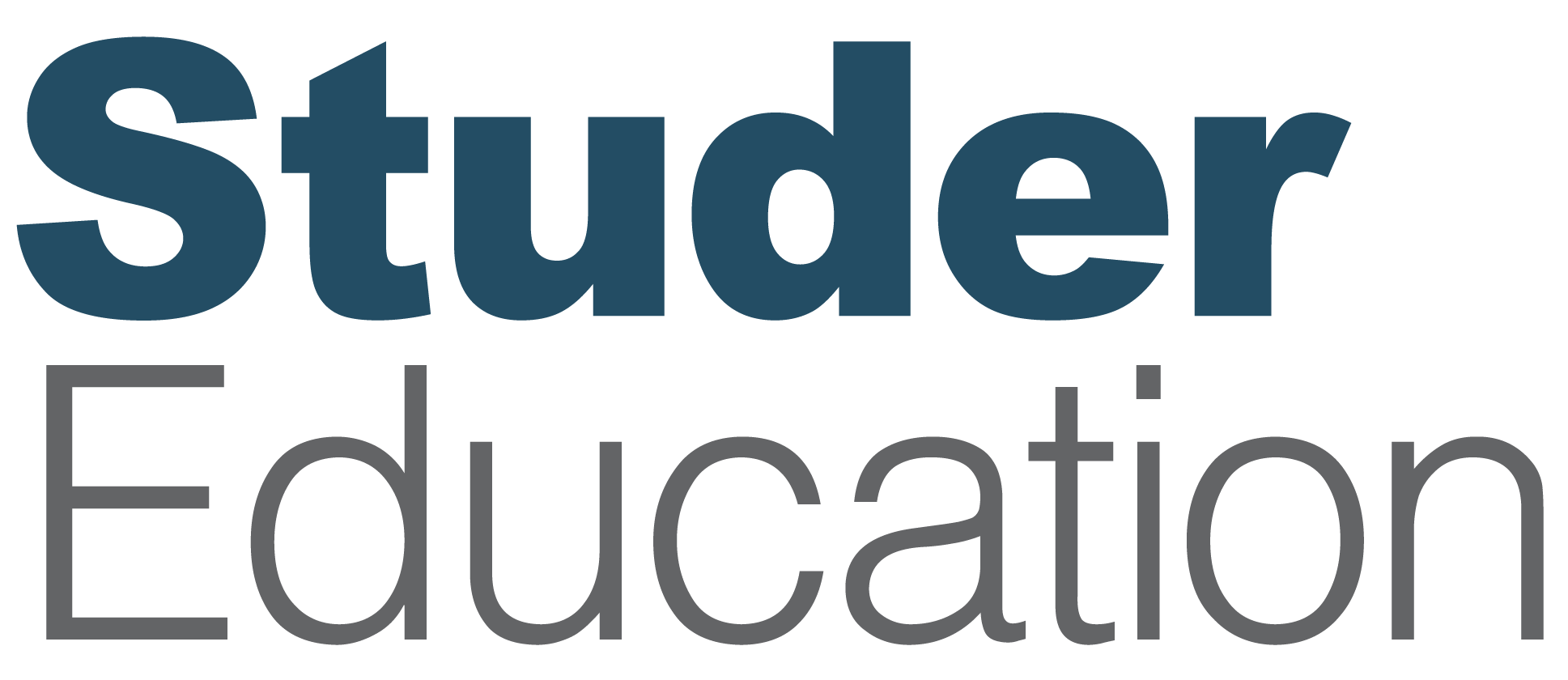
Recurring problems demand a shift in focus. In this final rapid-fire episode, Dr. Janet Pilcher shares three essential steps to move away from blame and toward process improvement. Learn what it takes to reframe discussions, conduct a system audit, and hardwire new, standardized processes for better performance and desired outcomes.
Latest Episodes
[Intro music plays in the background.]
Janet Pilcher: Hello everyone, welcome to the Accelerate Your Performance podcast. I’m your host, Dr. Janet Pilcher, founder and president of Studer Education.
This is the fourth and final episode in our series dedicated to the issues you’re facing right now. Last week we focused on how to manage external noise and communicate transparently with your board and community. Today we’ll pivot back inside the organization to talk about improving our processes and systems.
When something goes wrong, whether that’s a misdeadline or a rise in student incidents, our default nature is sometimes to look for the person to hold accountable. And accountability is important. In fact I have a past episode about it that I’ll link in the show notes if you want to hear more.
However, today we’re going to talk about what happens when we move beyond accountability from the “who” to the process itself. When systems are improved, people perform better. Here are three actions you can take to move towards system improvement.
First, stop the blame cycle and start reframing the discussion. When your team presents a problem, the conversation may naturally turn to finger pointing. While it’s important to gather facts, what would happen if we reframed the discussion? Instead of spending so much time on who allowed this to happen, let’s try asking this question instead: “How did our current process allow this to happen?” This forces the conversation to focus on policies, workflow, and training gaps, factors that you as a leader can actually influence and fix. It’s so much more productive than focusing on individual failure.
Second, do a system audit to find the process flaw. One way to find a flaw is to look for process variation. And this part is critical: to perform a system audit, you must seek feedback from the people closest to the work. The ones who run the process every single day are the ones you will get the most valuable feedback from. For example, let’s look at special education compliance paperwork. If there is a consistent problem with late or incomplete documents, the impulse may be to blame the principals or case managers involved. But a quick system audit will often reveal the real issue. By having three case managers map out their processes, maybe you learn that they’re using three different filing systems, or the training on a new software system was inconsistent. It could be the variation, not the dedication of your people, that’s causing the system failure.
And last, implement the solution. Once you identify the system flaw, your team must redesign a new standardized process. Once you have their input, implement the fix, and whether you test the solution at the local site and then scale, or you implement at the executive level, the key is: take action. Once you know it works, make the new process become the required workflow, and then hardwire it.
Fixing our processes contributes greatly to our desired outcomes, so we must be committed to getting these right.
So what’s one tangible action you can take right now with your team? I urge you to think of a problem that has recurred three or more times this school year, and stop assigning a new person to that task. That’s just hoping for a different result. Instead, put the existing process on your agenda for the next executive meeting. You can work together to determine where the process broke down, and identify the root cause. Make sure to invite the people, the right people, to problem solve with you. Those are the people closest to the work.
[Outro music plays in the background.]
As we get closer to the end of the semester, it’s important that we don’t lose our steam. Let’s keep moving away from blame and toward process improvement. If you want to learn more about this topic, I have two resources for you.
First, you’ll want to hear our Senior Director of Thought Leadership, Dr. Pat Greco’s episode on process improvement. I’ve left a link in the show notes.
Second, if you want to know how to go about performing a system audit, go back and review chapter two of Hardwiring Excellence in Education. That’s where I break down one approach called the 5 Whys, that engages your people to identify the root cause. Have a good time with learning about ways that the people who are closest to the work can help you.
And as always, I thank you for tuning into this episode of the Accelerate Your Performance podcast. I look forward to seeing you next time as we meet with Dr. Tremayne Clardy to learn more about his work in creating a unified and aligned system. Have a great week, everyone.








